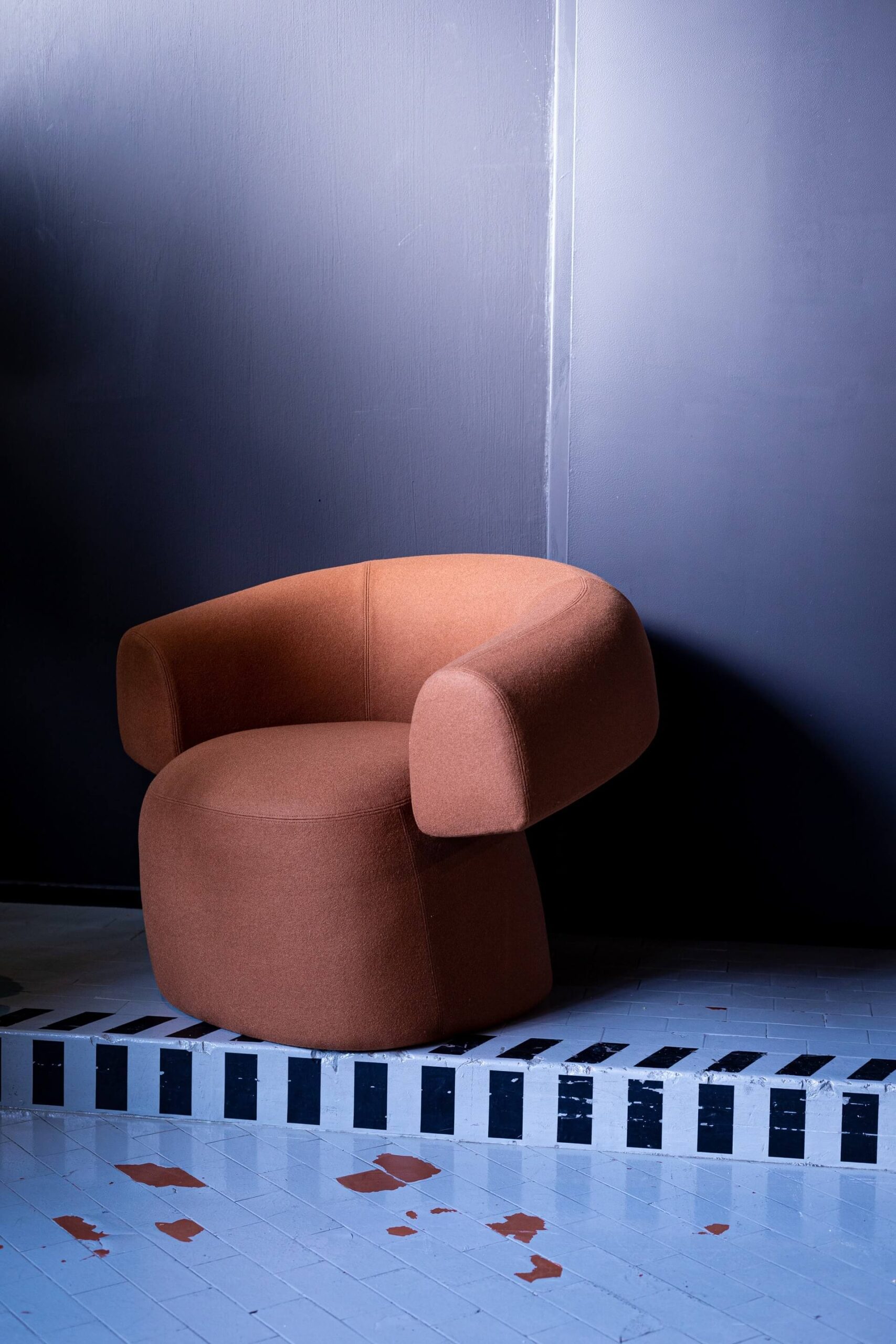Exotic suggestions from distant worlds and unusual geometries mark Moroso’s Gogan and Ruff collections, designed for the brand by the distinctive talent of designer Patricia Urquiola.
Moroso Gogan
The Gogan sofa owes its name to nature and in particular to Japanese stones smoothed by time and water, which were the source of inspiration for this project by Patricia Urquiola.
This is what the Japanese stones placed on the banks of rivers and lakes to protect and embellish the banks are called. In fact, the shapes of the sofa are reminiscent of smooth stones sculpted by wind and water, massive but at the same time soft, on which you can lie.
As in stone sculptures, where the stones stand in balance by virtue of the joints and position, in the Gogan sofa the balance between the elements is given by the shape, which is not too regular: thanks to a play of gravity and balance, shapes that should be heavy manage to be light.
The seats are soft and irregular, and the seating trim is slightly tilted toward the back; this gives the sofa extreme comfort and allows the backrest to be kept lower. The back and seat are joined by buttresses that lend a sense of lightness – so much so that the sofa appears to be suspended from the ground.
Its gentle forms are emphasized by the choice of upholstery that underlines and confirms its aesthetic, in line with Moroso’s philosophy for which fabric is never just an upholstery but an important part of the design. The fabric, recently rediscovered from the Moroso archives and inspired by the 1970s, enhances the concept of the Gogan sofa by reproducing the surface of a river pebble thanks to its rich bouclé texture, with depth but no direction, which makes the sofa’s seams disappear, giving a uniform look to the smooth, organic surfaces.
The Gogan collection is completed with an armchair, which recalls organic forms and is characterized like the sofa by the buttresses of the frame.
Ruff Moroso
Ruff designed by Patricia Urquiola for Moroso, plays on the design of binary geometry: a harmonious and successful intertwining of the seat and the backrest.
The dialogue between the forms is solemn and sculptural in the small armchair designed for hospitality contracts and for virtually any living room – almost calling for a moment of calm and conversation.
The wide armrests lie on either side of the seat and firmly envelop it, even as they meet at a single point. The result is that of harmony between curved and straight lines: a simple geometry in an architectural dialogue with the surrounding space – a functional form that does not forget that it is an object that inhabits a space.
Patricia Urquiola’s Homage to Her Root
“I can operate in very different fields, but what has affinities with art, what all the arts have in common,” Chillida writes, “is that they are forced to present two components that simultaneously cannot be lacking: poetry-it is necessary for poetry to exist-and construction. Otherwise, no art is created.“





